The Carson SkeleScope: Less is More and More is Good
By Martin Horejsi
Posted on 2017-09-24
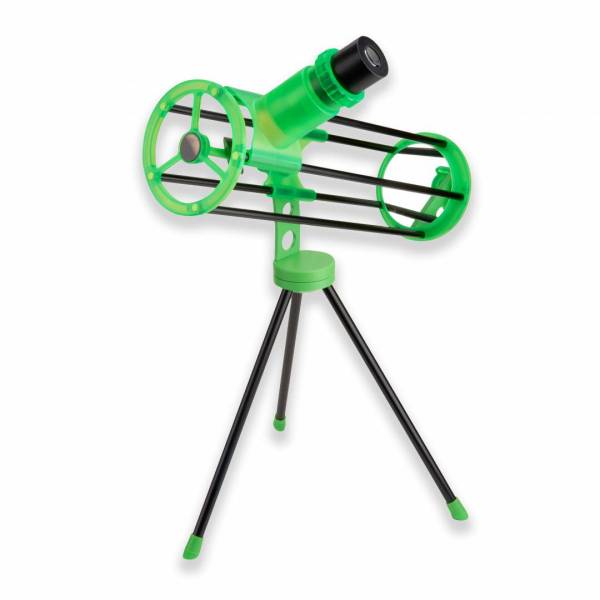
As the old saying goes, sometimes less is more. And such is the case with the Carson SkeleScope. Whether used to teach optics, engineering or perhaps even astronomy, having a clear view of the internals of a telescope can be quite engaging. If you make that inspection explorable as well, students will no longer have to just imagine how the reflective magnification of light works. With the SkeleScope, students can construct and manipulate an inexpensive optical tube assembly with mirrors and an eyepiece that hides none of the components of a centuries-old telescope design that is one of the most popular today.
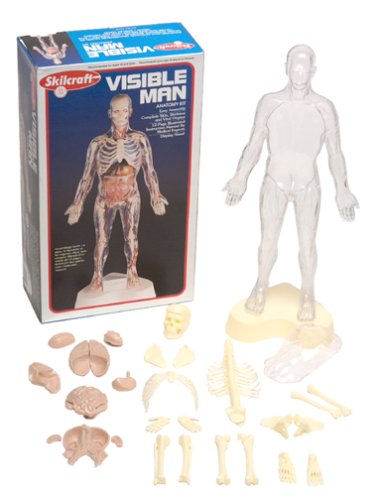
By producing a visible scope in the same vein as the “Visible Man” I played with as a kid, a new level of conceptual understand is possible. Until Marcel Jovine created his Visible Man and Visible Woman in the early 1960s, much of the under-skin workings of a human were relegated to drawings. I cannot help but wonder how many more doctors and nurses got their start “playing” with the plastic parts of this visible human toy.
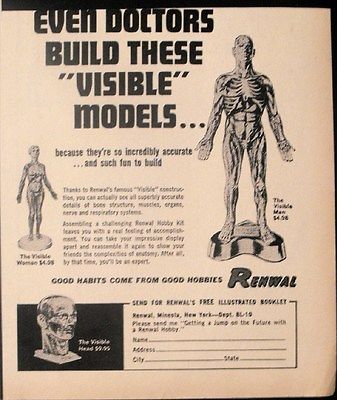
As a company, Carson Optical was founded by Richard Cameron who actually left his job as a banker and started a business in his mother’s basement importing clever items and especially those with a scientific bend were imported from Japan. Many of the items involved optics from magnifiers to binoculars to telescopes. Today Carson Optical has 25 years of experience in the optical space and uses advanced CNC and 3D rapid prototyping to research and develop its own line of unique products. With over 100 patents, Carson Optical is a household name in science classrooms world wide. And Carson has appeared here in this blog before with their HookUpz 2.0.
Carson has made a name for itself as an innovator from the moment the first product shipped out of a Long Island, NY basement. So building a basic telescope that is arguably more exciting to look at than to look through should not be surprising.
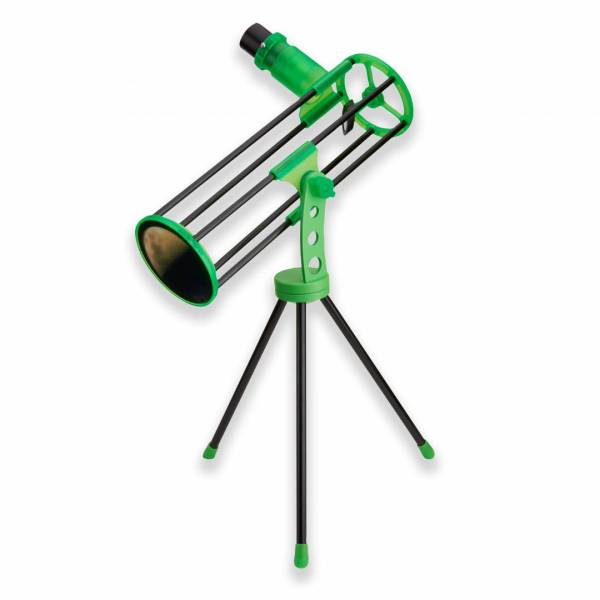
The Carson SkeleScope is a 76mm aperture, 360mm focal length reflecting telescope that weighs less than a pound. The open-truss design common in reflecting telescopes is not uncommon, but rarely at this size. Usually open trusses are saved for when massive mirrors require it such as in observatory and Obsession telescopes that take the concept of a portable reflecting telescope as a “light bucket” to extremes.

Before exploring the telescope as a telescope, the SkeleScope optical machine had to be assembled. I solicited a pair of high school freshman for the task. They were given a box of SkeleScope parts and asked to make a time-lapse video of their work. Then I left.
Youtube now holds the proof of their work:
Even though they mounted the optical tube assembly (OTA in telescope-speak) reversed thus placing the majority of the OTA’s mass on the outside of the tripod’s balance point, I was impressed with their work and thanked them profusely!
Once up and running, the Carson SkeleScope proved to be a functional scope with reasonable optics. As a 14.4x the Carson SkeleScope preforms admirably. By using built-in extending eyepiece holder the works like a Barlow lens, 36x is possible. For reference, Gallelo’s telescope was about 6x and it provided him with views that would change the world. On the other end of the optical spectrum are the large reflecting telescopes. While a primary mirror diameter of three meters will get you on the list of major telescopes, the big guns at the top of the list are 10 meters or more in diameter. Well, there is only one more than 10m and that’s the Gran Telescopio Canarias in Spain. Of the next three 10m mirrors on the list, two are found on Mauna Kea in Hawaii and known as. They were also the world’s first 10m scopes.

On a side note, Mauna Kea is a glorious volcanic mountain in Hawaii touching the rarefied air at 4145m or 13,800 feet. That’s about the same as the tippy top of Grand Teton Peak in Wyoming. Now kids don’t normally summit Grand Teton so the effects of the reduced oxygen atmosphere at that elevation are not breaking news. However, if you drive up towards the summit of Mauna Kea, you will encounter many warnings about taking children to the summit to which you can obviously drive to. Here is the text from a visitor’s guide:
Anyone in poor health should consult their physician before planning a visit to Maunakea. We do not recommend anyone who is pregnant to go further than the VIS. People under the age of 16 should not go any further because their bodies are still developing and they are affected more rapidly when going to a high altitude.
Now I’ve taken kids skiing at elevations over 11,000 feet or 3400 meters in Colorado so I was curious what was special about Mauna Kea that it might be more dangerous for children. It took some doing, but I finally got some straight talk from a ranger. In a nutshell 4100 meters in elevation in Colorado is the same as 4100m in Hawaii, but the two main differences between Colorado and Hawaii, in case you didn’t know, are that 1) you cannot drive from sea level to 4100m in Colorado, and 2) you rarely stay very long at 4100m in Colorado.
On the other hand, you can drive from a sea level beach in Hawaii to the summit of Mauna Kia in a couple hours. And worse, there is plenty to do once you reach the 4000m+ summit. Since the effects of thin air (reduced barometric pressure and accompanying oxygen saturation) disproportionately affect children, and it was not the children who did all the driving, and spent money on a rental car, there is a strong possibility that the adults in the group will ignore the children complaints (or possibly lack of complaining as they succumb to the altitude) in order to maximize their time on top. For the record, my kids made it about 45 minutes before we had to descend due to headache and fatigue.
So what does this digression have to do with the SkeleScope? Probably something deeper, but the best I can come up with is that both Mauna Kia and the SkeleScope strip away the veneer of what they offer. Mauna Kia offers 4K meter elevation to anyone. The SkeleScope offers visibility to anyone. Ok, that’s a reach, but quality metaphors can be hard to come by these days.
The Carson SkeleScope is a modern take on a historic design. Known as a Newtonian Reflector, the optics of the Carson SkeleScope trace their roots back to 1668 when Sir Issac Newton applied the telescope design to explore an ultimately support his theories about white light being a spectrum of different colors. Using mirrors to manipulate light avoids some significant issues when using a series of lenses. Even Galileo wrote about using mirrors instead of lenses. By the way, a trivia fact is that the year Galileo Galilei died, 1642, is also the year Isaac Newton was born. I use that date as a general reference of the birth of modern science. Add 300 years to that date and you have 1942, the birth year of Stephen Hawking.
By using mirrors instead of just lenses, the Newtonian telescope can capture more light for its size compared to a reflecting scope, weigh less, be simpler to make, and have a focal length much longer than its tube length. And that shorter focal ratio makes for a wider field of view.
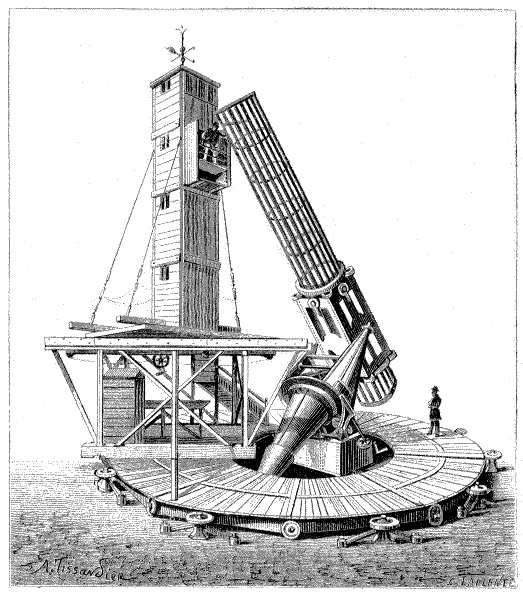
Of course Newtonian telescopes have their disadvantages, but chromatic aberration is not one of them. CA or chromatic aberration is an effect where as light is refracted through a lens, the individual wavelengths or colors do not converge on the same point.
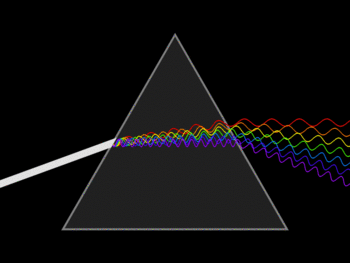
The difference in wavelengths among the colors causes them to “bend” at different angles which is the very property we know and love when we shoot white light through a prism. Unfortunately if you are using lensed optics, the individual nature each wavelength causes them to separate creating rainbow, fringing effects, and distortion among parallel features.
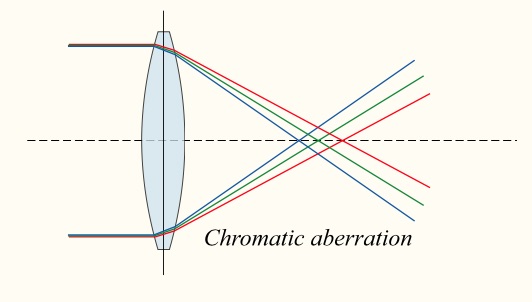
Although there is a long list of issues with Newtonian telescope designs, that list is not long enough to keep the Newtonian from being one of the most popular and affordable telescope designs for amateurs and professionals alike. Which is exactly the point of the Carson SkeleScope.
By exposing the innards of the scope to the point they can be observed and explored, students can both use and manipulate the light flow in the scope. Some explorations can include restricting the reflecting surface of the primary mirror by covering a portion of it with paper. What is affected? What is not?
In the end, the Carson SkeleScope makes a useful telescope on it’s own. At 14x, the craters on the moon are filled with details including rays, upheaval domes, and crater rims. Two or three moons of Jupiter show up as specks of light in a line crossing a larger speck that is the gas giant itself.
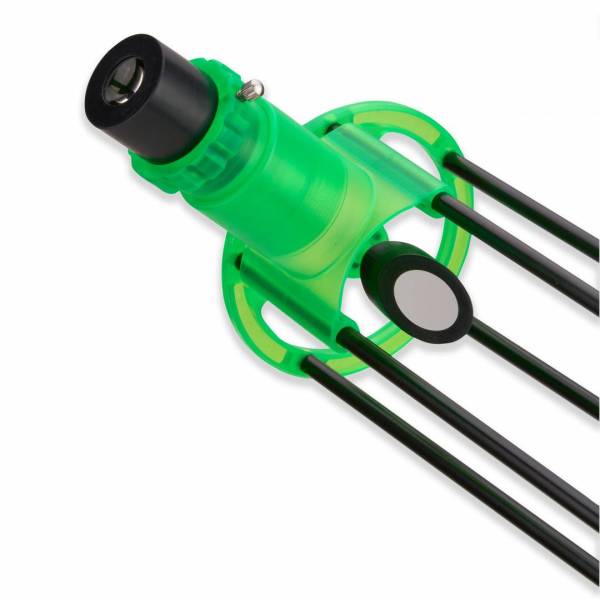
Since school usually takes place during daylight hours, terrestrial viewing is a great use for the Carson SkeleScope. In fact known size and distance outside the classroom walls combined with the exposed nature of the Carson SkeleScope allows actual measurements using meters sticks, rulers, and a good laser range finder if you’ve got one.
In science class, optics are often reduced to a series of equations. What better way to teach and learn about optics and work hands-on with the equations than to move beyond the traditional but effective light table and turn the volume up with less …and the Carson SkeleScope.
Disclaimer: The views expressed in this blog post are those of the author(s) and do not necessarily reflect the official position of the National Science Teaching Association (NSTA).


